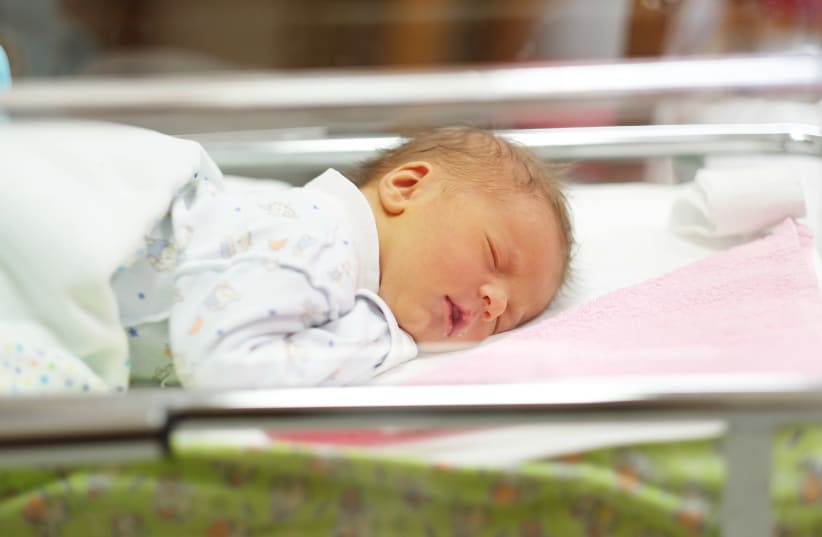If you recently gave birth, you're familiar with the Health Ministry's recommendation not to lay newborns on their stomachs without supervision in order to avoid the risk of cot death.
Yet some parents allow babies to lie on their stomachs, and if you're one of them, you must have noticed an interesting position. When babies are on their stomachs, their legs are tucked in, and their hands are clasped under the chest. This is the newborn scrunch.
Why do babies do that?
Dorit Ben Meir, diagnostician and therapist for motor development, sleep counseling and infant massage, explains that babies are used to being in this position in the womb, and now this is one of the most important developmental stages in the first year of the baby's life.
This position is physiological, and babies will naturally get into it for about the first six weeks after birth.
Besides the natural inclination for babies to be in the position they're used to from the womb, another reason babies choose it is that it helps them regulate their world and become comfortable with their new environment.
Imagine lying on your back at home, unable to move. Ask someone at home to walk around, speak loudly, laugh, turn lights on and off several times, stand over you and activate different stimuli. Most likely, you would feel very uncomfortable.
Scrunching allows babies to regulate the stimuli of the house around them and to start getting to know the new world at their own pace, with a maximum sense of security.
You can preserve this feeling when you carry a baby in your arms in a cradle position, and when a baby is in a carrier next to you. As babies start to grow, they'll begin to develop motor skills from this position and will learn to understand where their bodies are in relation to the world around them.
This article was written in partnership with the JAMA parenting app.

